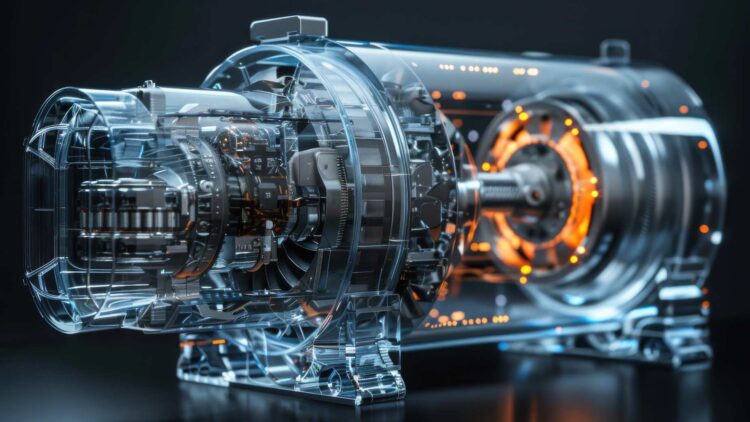In the past few years, the car world has had an almost single mind focus on one thing, and one thing only, the perfect engine that uses no fuel, but a company might be changing the rules of the game with their new rotary engine, which might just be the saving grace for internal combustion engines (ICEs). The Omega 1, created by Astron Aerospace, could be a serious contender against electric vehicles (EVs).
A New Spin on the Rotary Engine
While the technology that it employs might not be revolutionary, Astron Aerospace seems intent on keeping ICE technology alive in a world moving toward greener alternatives. The Omega 1 takes a new approach to the classic rotary engine design, solving many of the problems that plagued Mazda’s version, and according to the company, their design eliminates inefficiencies while enhancing power, efficiency, and environmental friendliness.
Unlike traditional rotary engines, the Omega 1 ditches pistons and apex seals, relying instead on a pair of synchronized, spinning rings that function seamlessly together with the help of gears. This new spin on the design enables higher compression ratios and increased efficiency. It is also quite simple to manufacture, it has fewer moving parts than other engines of this type and Astron Aerospace have managed to make it lightweight and compact while still packing a punch. As an additional pro it is designed to run on hydrogen fuel, which could make it a major player in the push for clean energy.
An Astron Aerospace spokesperson explained about the new version of the technology “This engine is unlike anything the automotive world has seen before. We’ve taken the best aspects of rotary engines and eliminated their biggest weaknesses.”
These quotes compliment one of the company’s engineers who gushed about the new model “We’re not just making an engine; we’re redefining how combustion works. The Omega 1 is proof that ICE technology still has a place in the future.”
But despite the excitement, it is important to remember that the Omega 1 is still in its early stages. Practicality, durability, and real-world performance are still being evaluated, but, if the engine proves as effective as its developers claim, it could be a game-changer for ICE technology.
Astron Aerospace is not the only manufacturer exploring new ways to modernize ICEs. Toyota, for example, is experimenting with ethanol-powered engines, showing that alternative fuel sources are still very much on the table.
But given the direction political leaders and car company owners seem intent on taking the industry, the Omega 1 might not be able to compete with EVs. An important focus of the automotive industry has been shifting toward reducing carbon emissions, with EVs leading the charge, and while the results have been mixed, especially due to lack of interest by consumers, companies may not be as quick to pivot. After all, there has been considerable investment made in producing EVs in the past few years as well as batteries that can go further and charge faster, so forma many companies this seems like going back.
Others seem to be a bit more flexible and less committed to the fully EVs lineup by 2030. Porsche, for instance, is investing in synthetic fuels, and hydrogen is increasingly being recognized as a viable clean energy option which means that there are companies willing to explore alternatives that could extend the life of ICEs, and since the Omega 1 is designed with hydrogen capabilities, it could find a strong foothold in this evolving market.
The only thing that could really tank this new engine is if the testing is not as good as the company promises. If all the wonders they have explained hold true, we might be getting a new contender for the new engine of the future.

